Circular Ring Slim review: A slender, unspectacular smart ring
Circular Ring Slim: One minute review
The Circular Ring Slim is a smart ring packed with sensors. It’s designed to be worn 24/7 and collects data about your heart rate, breathing, temperature, SpO2 levels, sleep, steps and more. Unlike other smart rings, it has a vibrate function too, enabling you to set alarms. Think of it as a fitness tracker designed to collect data from your finger, rather than your wrist.
Data collected is presented as scores and charts in the accompanying app. Over time, the app will get to know you better and present information about your health and fitness and also make recommendations, such as the best time to eat and when you should avoid blue light in the evenings.
Right now, there are several similar devices available, such as the Oura (generation 3) ring and the Ultrahuman Ring Air, which we’ve reviewed in our guide to the best smart rings. The smart ring market is set for a serious shake-up with Samsung’s smart ring, the Samsung Galaxy Ring, officially on its way, and no doubt there will be others. However, they’re not easy devices to make, and in my opinion I don’t believe they’re a suitable option for most people. In fact, I’d recommend sticking with one of the best fitness trackers – at least for now.
On paper, the Circular Ring Slim offers everything it needs to compete with rival brands. It looks and feels decent, collects a variety of data, and offers genuinely useful insights. But in practice, the Circular Ring Slim needs improving. The exterior scratches easily, battery life is disappointing, and the app is confusing – especially with regards to the journey it takes users on, and the way in which instructions and insights are worded.
Circular could easily fix some of these problems; indeed, it wouldn’t take much to make the app more user-friendly. Circular is also working on improving the exterior of future versions of the ring, making it more resilient to scratches. However, the battery is a major issue, running out of juice in just two days and, at times, reducing performance as it did. Sure, some might already have become accustomed to charging their wearable devices more regularly – I’m looking at you, Apple Watch – but for a health tracker without a screen that’s designed to be worn 24/7, two days doesn’t feel sufficient.
I applaud Circular's solid effort with the Ring Slim – a more basic and affordable version of the brand’s Ring Pro. However, read on for a more in-depth review of the Circular Ring Slim, and to discover the reasons I think its rivals are ahead, delivering more appealing, wearable devices and an overall better experience.
CIrcular Ring Slim: Specifications
CIrcular Ring Slim: Price and availability
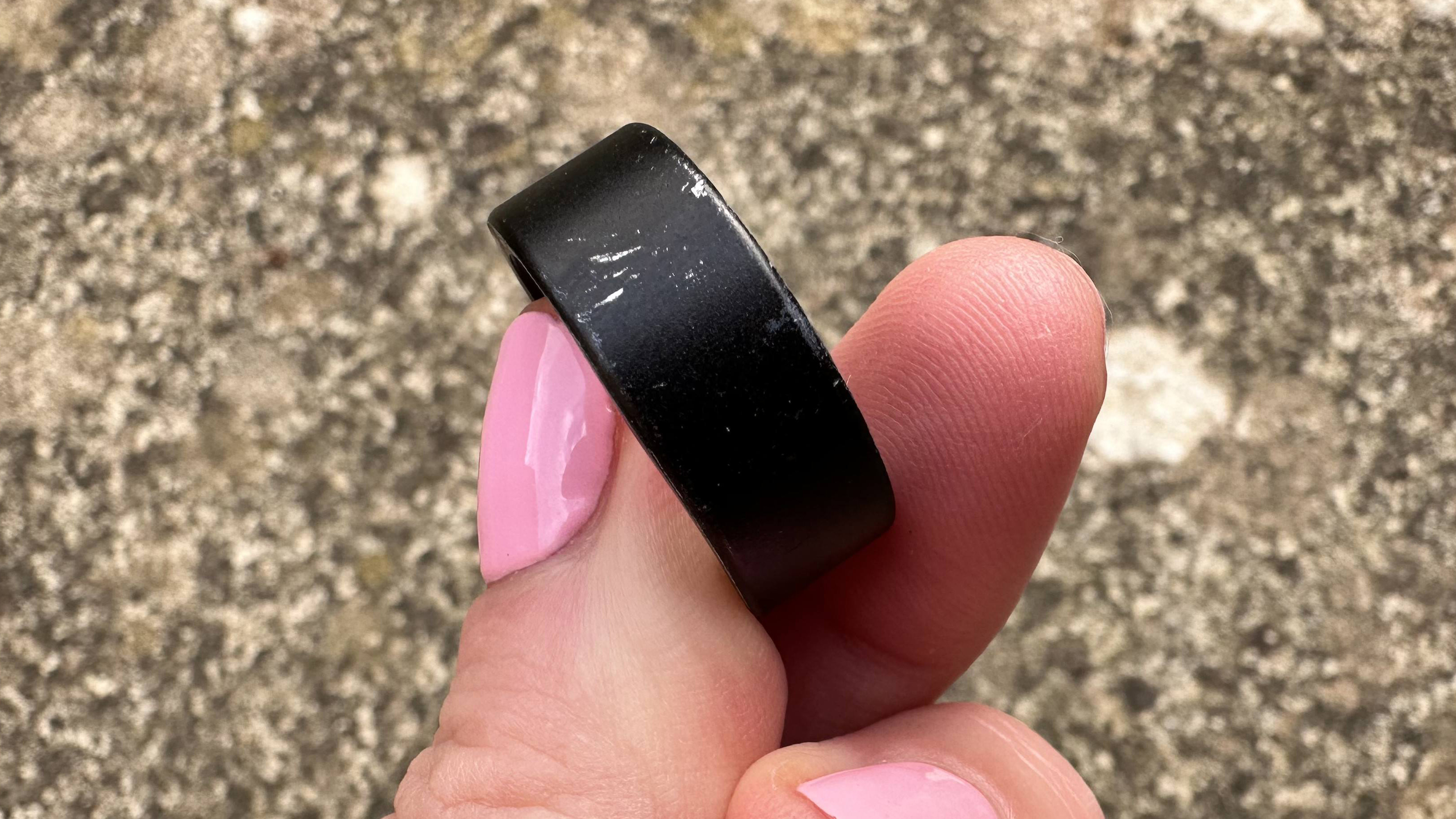
- Costs $264 (about £209 / AU$405)
- Released in early 2024 in batches
The Circular Ring Slim costs $264 (about £209/AU$405) and ships internationally. Released in early 2024, Circular has been taking pre-orders in batches. At the time of writing, it’s out of stock on the Circular website, but the brand promises a new drop soon.
One of the main features that sets the Circular Ring Slim apart from one of its key competitors, the Oura ring, is that the device doesn’t require a subscription. So if you’re looking to test the waters, then this is probably a better option than investing in a model that requires you to pay out on a monthly basis.
Also competing for your attention in this space is the Ultrahuman Ring Air. Like the Circular Ring Slim, this model doesn’t follow a subscription model either and is therefore a more direct rival to the Circular smart ring. At the time of writing, it costs $349 (about £276 / AU$536). It’s more expensive, then, but it does beat the Ring Slim in almost every way, especially with regards to battery life and app experience – although be aware that it’s just as prone to picking up scratches.
Circular also offers the more expensive Circular Ring Pro, which at $364 (about £288 / AU$559) positions itself against the Ultrahuman Ring Air, but we haven’t had a chance to put that to the test yet.
Compared to the two of its biggest rivals, the Circular Ring Slim is cheaper then; but this doesn’t necessarily make it better value. It's also worth mentioning that you can collect much of the same data from a more affordable fitness tracker, such as the Fitbit Luxe at only $109.95 / £109.99 / AU$199.95. Sure, the Fitbit form factor might not be as fun or exciting, but as you’ll learn throughout the rest of this review, it’s probably far more reliable and a better option for the majority of people.
- Value score: 3.5 / 5
Circular Ring Slim: Design
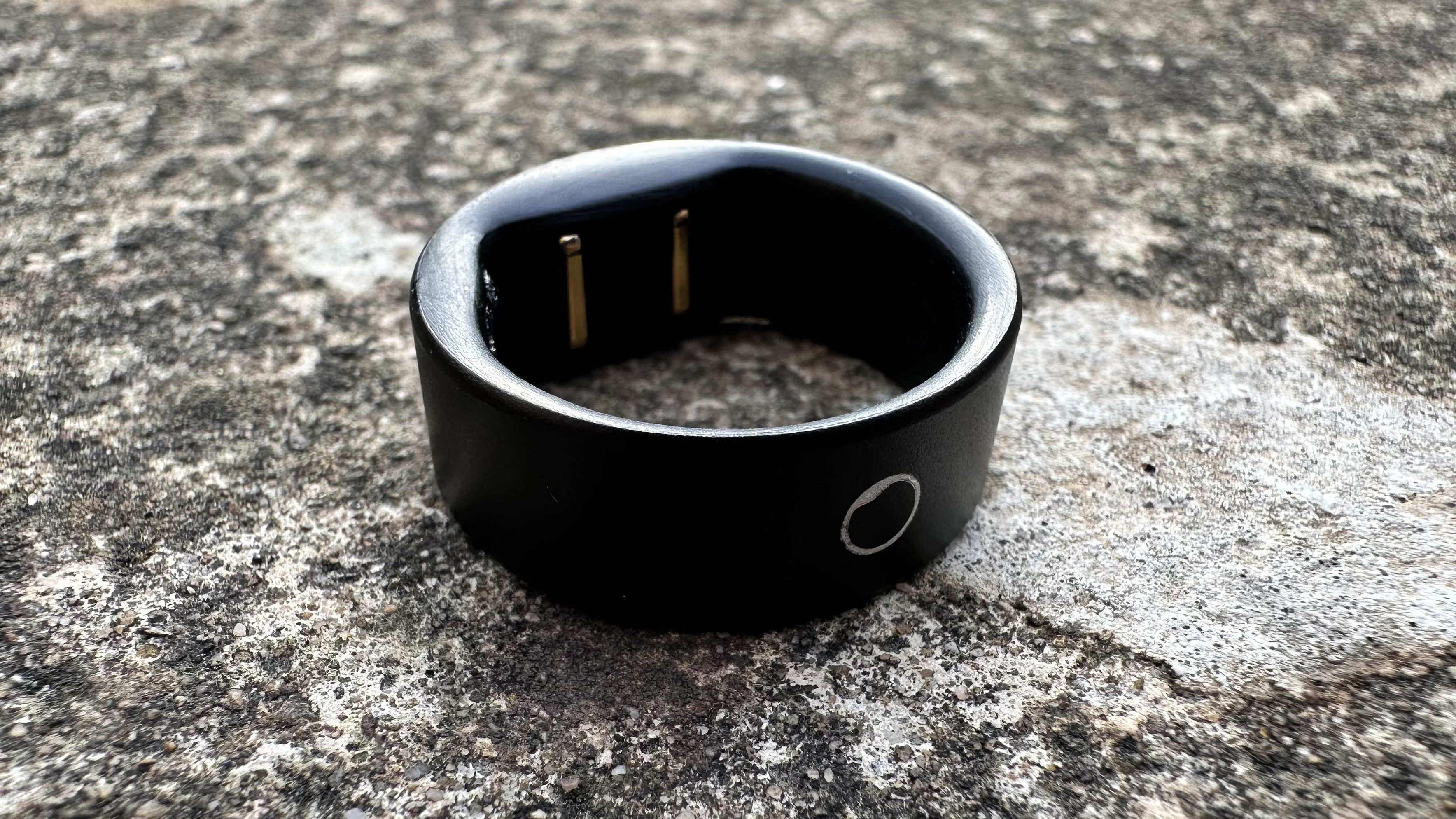
- Slim and comfy
- Scratches easily
- White logo cheapens the design
Circular says that the Ring Slim is made from aluminium and carbon fibre on the exterior and an unspecified medical-grade, non-allergenic and non-metallic material on the inside.
With an IPX8 rating, the Ring Slim is water-resistant to a point; it can handle being submerged in 1.5 meters of water for 30 minutes. This means it should be fine for hand washing and showering, but I wouldn’t risk wearing it while swimming, and Circular says it isn’t recommended for wear in the sea, either. While this rating won’t be an issue for most people, given that smart rings are designed for active people and all-day wear, it’s worth bearing in mind for those who swim regularly.
At 2.2mm thick and weighing 2g, the Ring Slim is available in 8 sizes, from US 6 to US 13 – and you can get your hands on a sizing kit to ensure you get the right fit. Circular states on its website that the Ring Slim is the “thinnest” tracker – but its only 0.2mm slimmer than the Ultrahuman Ring Air, and in a side-by-side comparison (see photo below), this isn’t noticeable. Note, too, that while the majority of the ring is super slim, the section where the sensors sit is quite chunky.
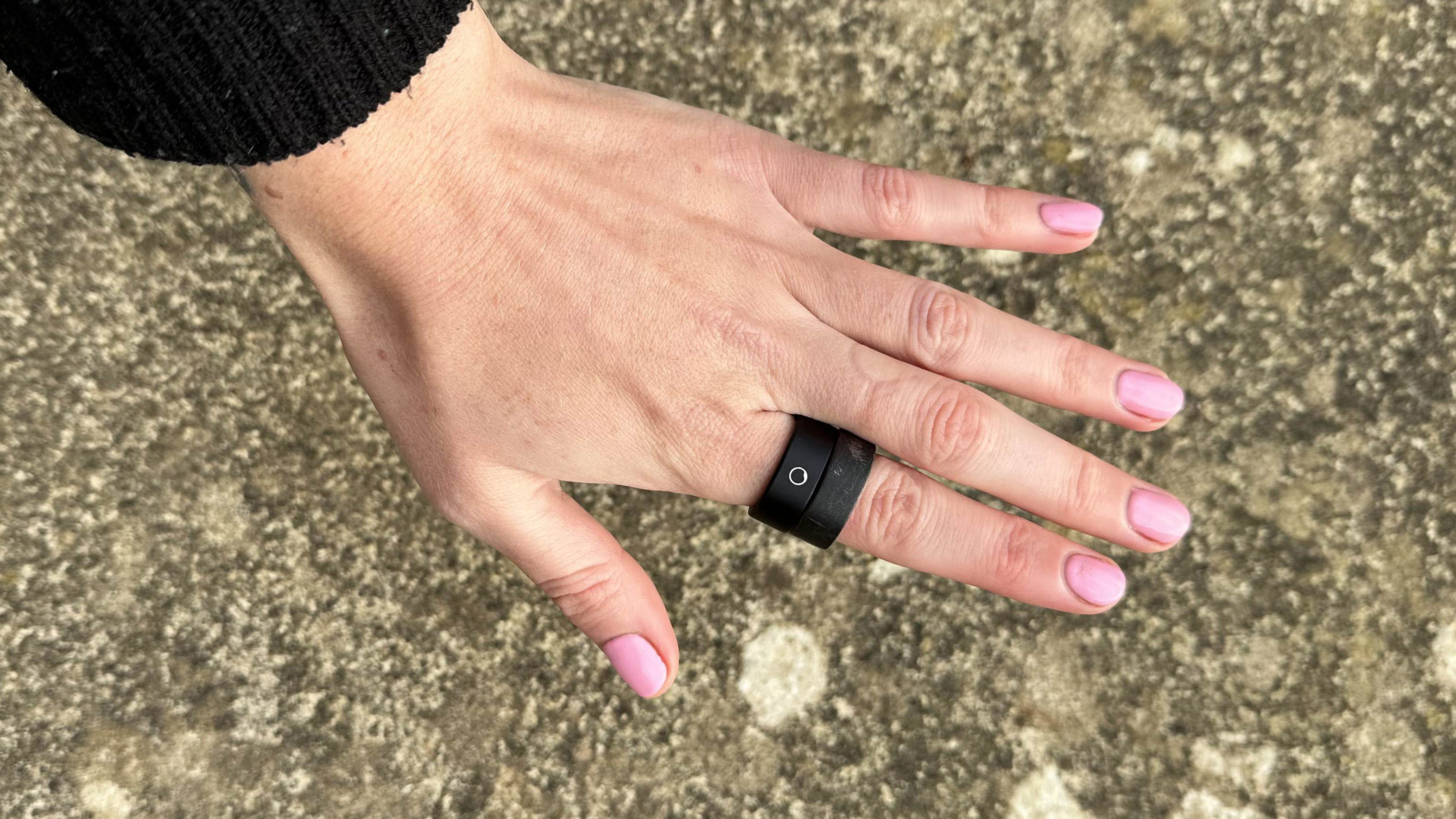
Nevertheless, the Circular Ring Slim is comfortable to wear. I wore it for most of the day over six weeks and didn’t really notice it on my finger. The interior is smooth enough not to irritate or pinch, and the ring is incredibly lightweight.
However, it doesn’t have the hypoallergenic epoxy resin coating of the Ultrahuman Ring Air; wearing both models together for a week did point to the Ring Air being slightly ahead for comfort. Regardless, considering most will be unlikely to have both to compare, they’ll be more than happy with how the Ring Slim feels on the finger.
The matte black finish looks super slick when you first take the Ring Slim out of the box. However, following just a couple of days of wear, the ring was already showing mild scratching on the surface and around the edges (see the photo below). This isn’t unexpected; I had similar issues with the Ultrahuman Ring Air. However, considering I took many precautions to ensure this wouldn’t happen – namely removing the ring when I had to grip anything at the gym – it’s a shame the ring showed wear and tear so easily.
I spoke to Circular’s PR team, who said: “They [Circular] are aware that the first batch of rings are a bit more prone to getting scratched, but they have worked on it to improve that for the next batch of Ring Slim.” Let’s hope Circular’s future offerings of the Ring Slim also include different finishes because I think matte black is a tricky finish for this kind of wearable.
The little white Circular logo is an unexpected design choice on the Ring Slim. This presumably ensures you have the ring on the right way round, with the sensors on the inside of your finger to ensure accurate data collection while the logo is positioned on the outside.
In my opinion, the white logo cheapens the look of the ring – and it’s confusing given that it doesn’t appear on all of the images of the smart ring in Circular’s promo material, either. In fact, when I shared an image of the Circular Ring Slim on my Instagram Stories when it first arrived, I had a concerned customer who had pre-ordered a ring get in touch, who hadn’t seen the white logo before and didn’t like it. Proof that I’m not the only one who thinks the white logo isn’t in keeping with the rest of the Ring Slim’s design.
- Design score: 3.5 / 5
Circular Ring Slim: Features
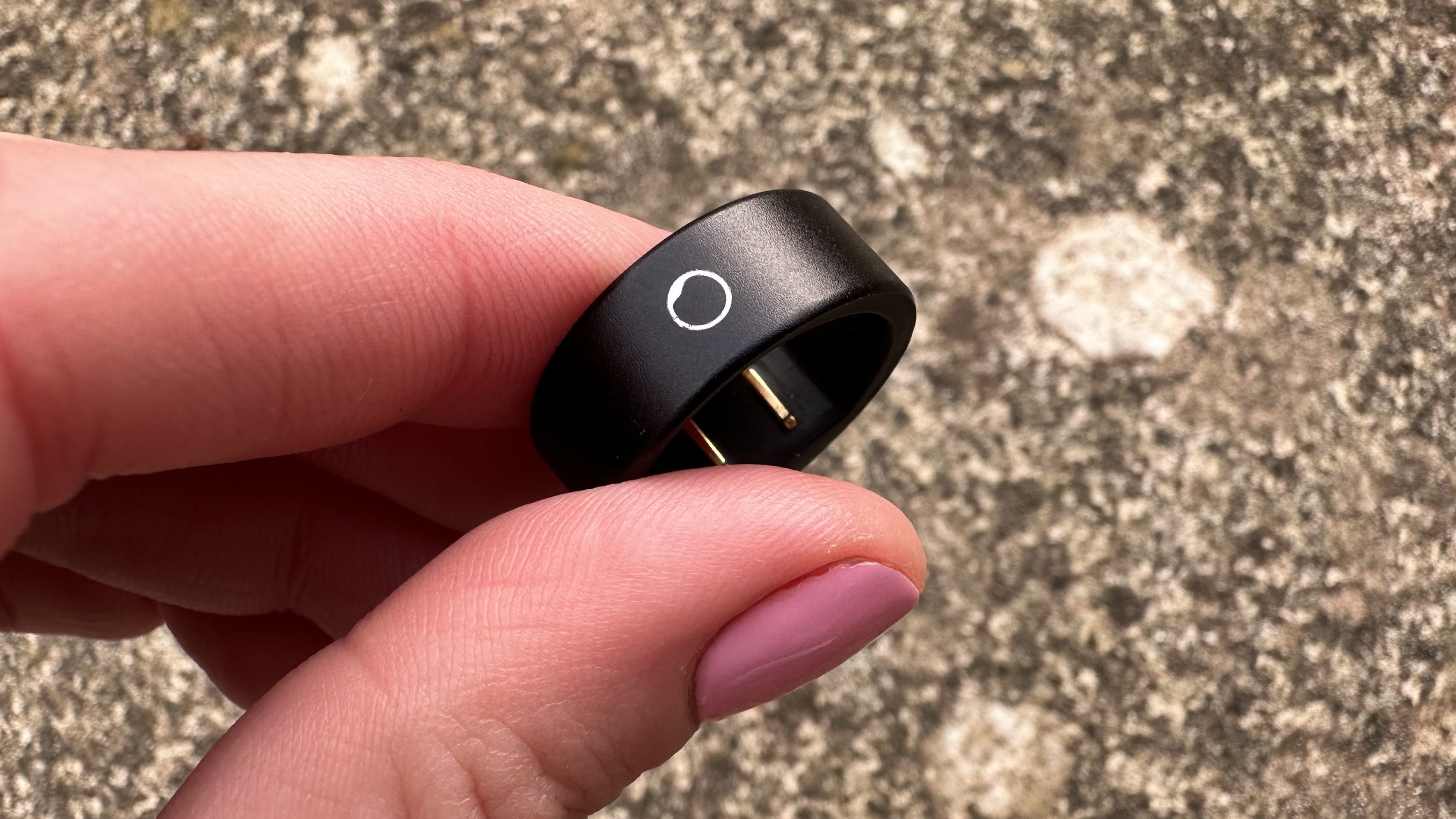
- Real-time measurements
- Packed with sensors
- Kira assistant makes smart recommendations
The Circular Ring Slim does come packed with sensors, which it uses to track and collect data about you through the day and night. You can also take real-time readings, including heart rate, heart rate variability, SpO2 and activity intensity. Compared to the Ultrahuman Ring Air and my Apple Watch, I found these to be accurate.
One unique part of the Circular Ring Slim offering is that it can vibrate. Surprisingly, I didn’t use this feature much during testing, even though I found it quite a cool addition. It makes me wonder whether this sort of tech without a screen should just be “passive”, a set-it-and-forget-it kind of tracker, without all the bells and whistles. Something in-between – a smart ring with vibrations, for example – felt different and unnecessary. Although, I’m aware this is likely to come down to personal preference. Plus, when I did try out the vibrating feature as an alarm to wake me up in the morning, it worked well.
Another feature that makes the Ring Slim stand out is what Circular calls Kira. This is branded as an “AI assistant” that learns more about you over time to then offer personalized insights. However, this isn’t explained particularly well; you’re simply told that for 14 days the ring is calibrating.
Of course, I understand the reasons for having a calibration period, but Circular has made this process unnecessarily confusing. Insights were thin on the ground until the 14-day period was over, and during that time, I was expected to answer some very long and convoluted questions. With clearer explanations and simpler questions, it would have felt less like I was trying to solve a riddle.
Importantly, once the calibration period had passed, the insights delivered were genuinely useful. They included suggestions such as the best time to eat dinner each day, and when you should avoid exposing yourself to blue light.
- Features score: 3.5 / 5
Circular Ring Slim: Performance
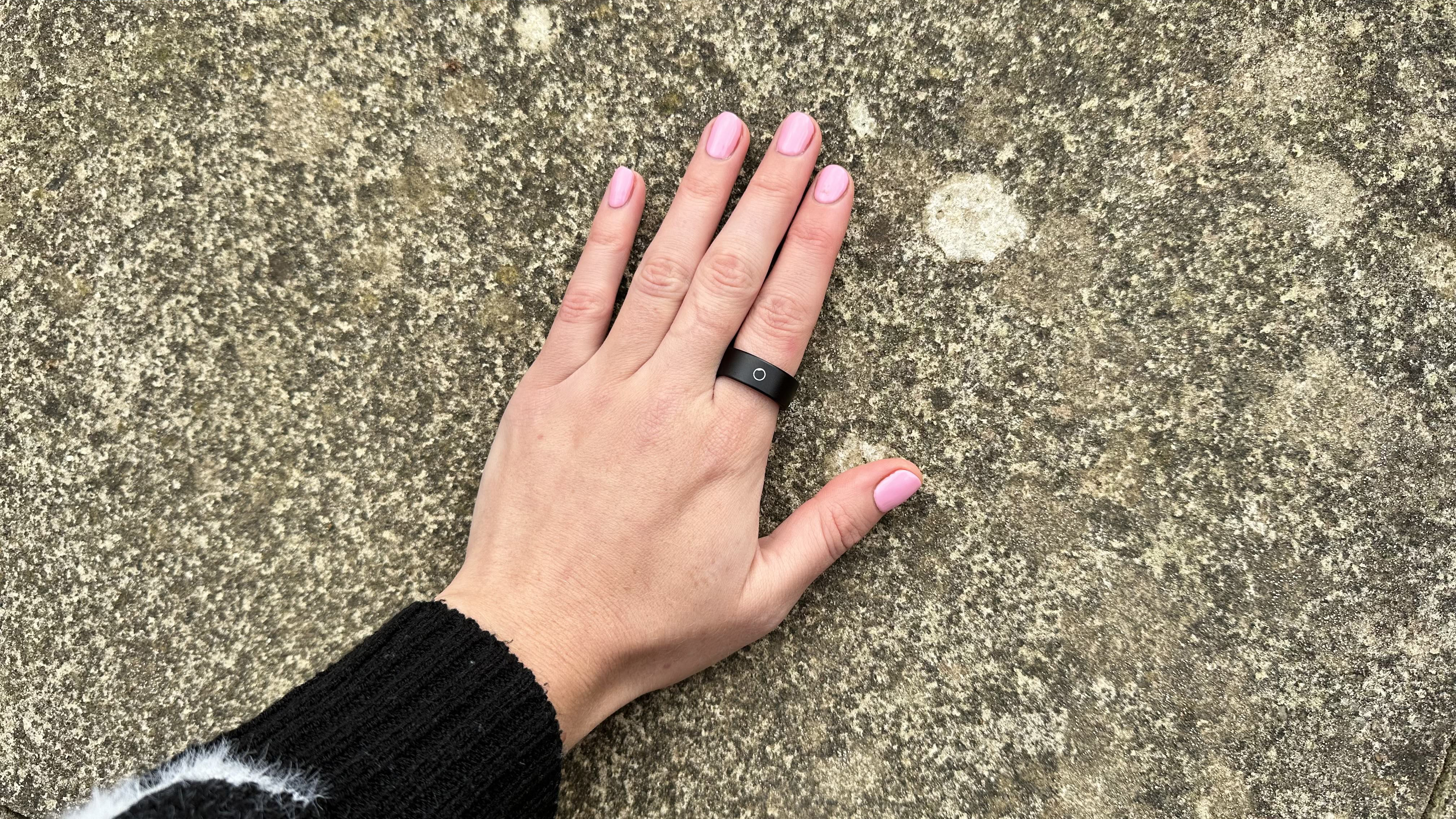
- Confusing app
- Syncing issues
- Only 2 days of battery
In terms of data collection, the Circular Ring Slim performed well, collecting information about heart rate, breathing, temperature, SpO2 levels, sleep, steps and plenty more.
For example, you’ll get a detailed breakdown of your sleep stages, your heart rate overnight and temperature, too. You’ll also get cardio scores when you work out based on your heart rate and VO2 data, but you can’t track specific exercises. Although disappointing, this is standard with smart rings. In addition, considering I was taking the ring off at the gym anyway to avoid it becoming scratched, I didn’t think I missed out. I'd need a separate device for that.
Data collection is mostly accurate and in keeping with other trackers, such as the Ultrahuman Ring Air and the Apple Watch that I wear all the time. This is good to know, since I have been under the impression that smart rings need to be worn quite specifically and don’t collect data accurately; but the Circular Ring Slim did a decent job.
The one area where it struggled at times was sleep. Over the majority of nights, the data the smart ring collected was accurate and useful. However, any disturbances in the night appeared to throw it off. For example, there have been occasions where I’ve woken up at night around 4am for 15-20 minutes. I usually have some water, read, and ease myself back to sleep, regularly catching at least another couple of hours or so of sleep. However, several times, the Circular Ring Slim assumed I was up for the rest of the day from 4am and didn’t track me returning to sleep.
Several big issues affected the daily wear and use of the Circular Ring Slim, too. The one that let down the device, and me, most was battery life. Note here that the ring features two battery modes. There’s Eco, which offers infrequent heart rate tracking but no sleep insights. You’ll get just under five days from the Ring Slim in that mode before it will need a top up. Then there’s Performance mode, which tracks everything, including sleep stages. In this mode, the ring lasted only two days before needing a charge.
You might believe that having a choice of two modes is desirable; however, I’m not convinced that anyone who purchases a smart ring for $264 would ever be happy with it running the bare minimum of features. If you are someone who might be satisfied with that, I suggest opting for a cheaper fitness tracker instead. Also consider that rival models are offering significantly longer on a single charge, with the Ultrahuman Ring Air lasting six days and the Oura Ring (Generation 3) lasting up to 7 days.
In my own experience, in Eco I spent a lot of time worrying about the battery life and when exactly I’d charge the ring, which affected my overall experience. Often I’d choose to charge it overnight, but this meant missing out on collecting sleep data. While charging every two days might be standard practice for a tracker with a bright screen like the Apple Watch, for example, I’d want more from a smart ring.
Setting up the ring was relatively easy, but I did experience issues with syncing during testing. This tended to happen in the morning, especially if the battery was low; I experienced two instances where my sleep data didn’t sync and failed to do so for the rest of the day.
The Circular Ring Slim’s app presents you with all of the data the ring collects in circles at the top of the home screen, providing quick access to the stats you might want to see the most, such as sleep analysis and energy analysis – a little like the “readiness” score you get from other trackers. I like how these circles work, but I encountered lots of other issues with the app that made it frustrating to use. It presents a cluttered design, navigation can be clunky, and in some areas the convoluted copy requires an overhaul.
For example, I hit a step goal one day, and the app told me I had won coins. That was accompanied by the question: “What could this possibly mean?” – which already sounds a little strange. Add to this that there was no option to click through nor actually an explanation of what it does mean. On having a decent night’s sleep, the app reported the experience as “correct” – which, again, is a strange way to describe sleep. And I’ve already mentioned the super wordy, long questions asked during the setup process.
These are just a few examples of many that made the app experience poor; hardly the premium wellness experience to compete with the likes of Oura. In fact, on a personal note it would probably dissuade me from looking at my data. Luckily, this could be a relatively easy fix for Circular, with the brand simply paying more attention to understanding the journey users will take through the app and a copy overhaul.
- Performance score: 3 / 5
Scorecard
Circular Ring Slim: Should you buy?
Buy it if...
Don't buy it if...
Also consider
How I tested
I tested the Circular Ring Slim for six weeks with an iPhone 14 Pro. I wore it while walking, working out at the gym, working remotely from a library, and then travelling to Italy for 10 days. This gave me a great opportunity to put it to the test outside my regular routine.
I’ve also been reviewing tech for more than 12 years, with a particular focus on wearable and fitness tech.
0 comments:
Post a Comment